
OR
The fashion industry is intricate and elaborate. It’s not just the designers who ready the outfits and looks for runways and fashion shoots. There are many people who shape and influence the final product. From seamstresses and stylists to makeup artists and models, it takes quite a number of people to bring a creation to life.
Ashim Ranabhat, Model
 20-year-old Ashim Ranabhat has been active in Nepal’s fashion scene since 2017. Currently a second year fashion design student at Namuna Institute of Fashion Technology, Ranabhat mentions that she had no plans of pursuing a career in fashion until she finished high school. Her foray into the industry was being a part of the ‘Face of Classic Diamond 2017.’ After making it to the top 15 of the competition and getting some insight into how the industry worked, she got interested in the fashion industry and is currently a model, sub-makeup artist, and fashion designer.
20-year-old Ashim Ranabhat has been active in Nepal’s fashion scene since 2017. Currently a second year fashion design student at Namuna Institute of Fashion Technology, Ranabhat mentions that she had no plans of pursuing a career in fashion until she finished high school. Her foray into the industry was being a part of the ‘Face of Classic Diamond 2017.’ After making it to the top 15 of the competition and getting some insight into how the industry worked, she got interested in the fashion industry and is currently a model, sub-makeup artist, and fashion designer.
Ranabhat claims to have learnt a lot of things about the industry in the past two years. “This industry is ever changing and so vast that you will come across something new and interesting every day,” she says. Her favorite way of learning things in this field is through experience. She claims that she is very enthusiastic about trying out different things related to fashion for the first time.
Although she claims that Nepal’s fashion industry is developing, Ranabhat states that we still have a long way to go before we can compete with the international fashion scene. She expresses her displeasure at how a lot of things are unmanaged and unorganized behind the scenes and reveals that even though the model training and grooming system are pretty good, almost everything else is a little disappointing and underdeveloped. She also says that from the outside the life of models may look very lavish and comfortable, but making it in this industry is very difficult and requires a lot of patience.
Ranabhat’s advice to anyone who wants to get into modeling would be to keep learning and also to ease into a secondary profession. She mentions that because modeling doesn’t provide a stable income in our country yet, a majority of professional models are also engaged in other professions to earn their living. She further adds that she believes working in the fashion industry requires a lot of hard work and perseverance since nobody becomes successful overnight. “But I believe if you put more effort into developing your knowledge about fashion and work on your skills, it will pay off in the long run,” she concludes.
Sadhana Ranabhat, Makeup artist
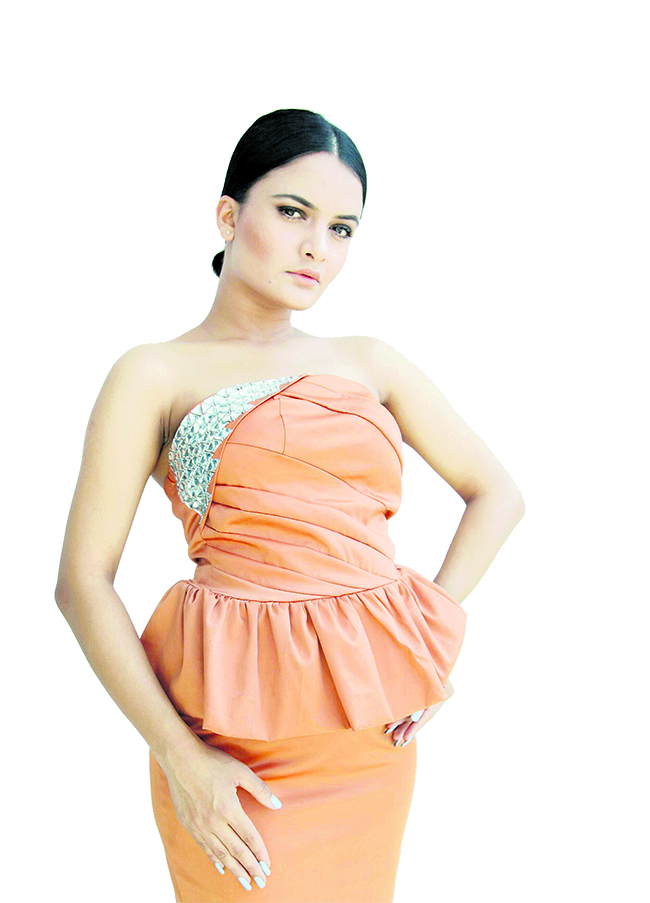 Sadhana Ranabhat just graduated from Namuna Institute of Fashion Technology (NIFT). She is a freelance model, designer, and a makeup artist. But, in the three years that she has been involved in the fashion industry, Ranabhat claims that she has made her mark as a makeup artist and that is what she primarily does right now.
Sadhana Ranabhat just graduated from Namuna Institute of Fashion Technology (NIFT). She is a freelance model, designer, and a makeup artist. But, in the three years that she has been involved in the fashion industry, Ranabhat claims that she has made her mark as a makeup artist and that is what she primarily does right now.
“It’s very difficult to make it in the fashion industry. And even though I enjoy all aspects of it, working as a makeup artist seems to be the most remunerating field for me right now,” says Ranabhat. She reveals that she harbored an interest in this field from a young age and used to flip through tons of magazines and newspaper in search of new fashion related articles and photo shoots. By the time she graduated high school, she was sure this was the career path for her. She left her hometown, Pokhara, and moved to Kathmandu to continue her further studies in fashion.
Initially, Ranabhat had no intentions of becoming a makeup artist. But after assisting her seniors at NIFT in the hair and makeup department for a few fashion shows, she decided to learn the skill that she thought would be important for her career in the future. She has no formal training and she learnt everything she knows through online tutorials (mostly YouTube) and rigorous practice. She admits that she doesn’t think she has completely mastered the art and wants to train more by taking up classes offered by more knowledgeable makeup artists.
Ranabhat claims that, in Nepal, majority of the makeup artists are mostly just interested in doing bridal makeup. She thinks this might be the case because bridal makeup guarantees a hefty paycheck. She, on the other hand, is more into high fashion and creative makeup. “There aren’t a lot of people doing that right now and the fashion industry could definitely use more,” she says.
Ojaswi Shrestha, stylist

Stylists aren’t easy to find in Nepal. Although they are an integral part of the international fashion scene, Ojaswi Shrestha claims that the scenario is very different in our country. She confesses that she hasn’t met a single Nepali stylist who is based outside Kathmandu and even in the capital there aren’t many fashion houses that have hired a stylist. Moreover, she states that a lot of Nepalis – even ones who claim to be “fashion enthusiasts” – don’t know the difference between a designer and a stylist.
How does she know all of this? Shrestha is one of Nepal’s few stylists and is currently associated with DS Collections. Besides that, Shrestha has her own independent clothing line “uzukoavenue”. Her thesis for her Bachelors’ degree was on stylists and the condition of styling in Nepal.
When asked what her job at DS Collections entails, Shrestha says that she is responsible for all the ensembles that the brand uploads on its social media handles and its website. “New batches of clothing come in every 10 days or so and I work with the in-house photographer to plan and select all the outfit combinations (including accessories) from these fresh items and it’s those that are featured in the next photo shoot,” she claims. She also has to be present during the photo shoot. She’s usually assisting the camera director and the model to get the perfect shot and to make sure the outfits look flattering and appealing.
Shrestha also styles models to walk the runway for DS Collection’s fashion shows. DS Collections has only had three of these shows since she joined its team a little more than a year ago and working on these shows was one of the most challenging things she has done as a stylist. She reveals that the theme of most of DS Collection’s photo shoots is casual but for these shows she had to come up with looks that are high fashion, creative and unusual, and that was a little tricky for her.
For Shrestha, getting to work as stylist wasn’t something she had ever thought possible in Nepal. But she says these days there are plenty of opportunities. “Different brands keep posting about vacancies for stylists on social media. I would suggest anyone interested to work as a stylist to not hesitate to try these out,” says Shrestha adding that one also has to work on building connections and networking properly within the industry as that will help you advance in your career.
Kabita Pokharel, Fashion design instructor
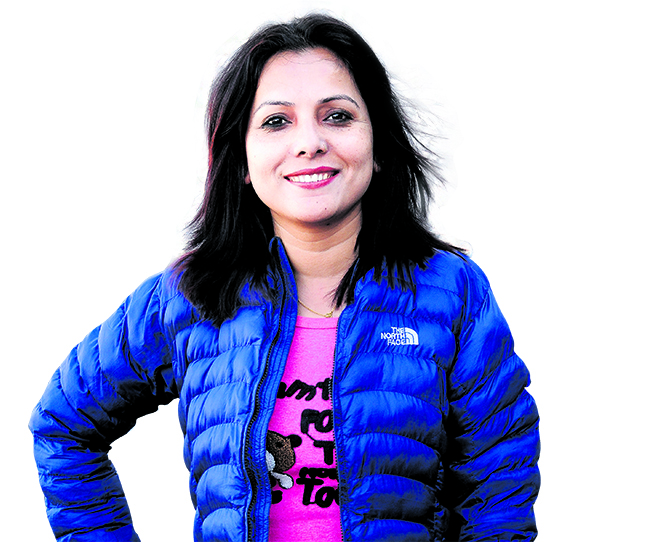 Kabita Pokharel, instructor at Toonaz Fashion Design Institute, believes that instructors can control the future of the fashion industry. She has been operating the design institute for more than three years now and mentions that if the instructors at all fashion design institutes of the country strategically teach their students well developed courses then the fashion industry could develop rapidly.
Kabita Pokharel, instructor at Toonaz Fashion Design Institute, believes that instructors can control the future of the fashion industry. She has been operating the design institute for more than three years now and mentions that if the instructors at all fashion design institutes of the country strategically teach their students well developed courses then the fashion industry could develop rapidly.
“It’s an industry where trends come and go quickly. You have to keep updating yourself and incorporate the changing themes, designs, and perspectives into your course,” says Pokharel adding that many design instructors don’t put in this effort. Another problem that she sees within the industry is in the treatment of young up and coming designers. She mentions that unless you are a famous household name, various parties involved in the industry will take advantage of you and underpay you as well as inundate you with extra and often unnecessary work.
However, her favorite aspect of working in the fashion industry is how it never gets boring. “Everything changes so fast that there’s no time to get bored. And if you don’t like something, there will always be something else for you,” she explains adding that there’s a lot of scope in this field for those who are passionate about it. Pokharel further adds that if you’re hardworking and interested in the subject, much like everything else fashion studies too won’t be difficult for you. But, she says, you have to be willing to put in your best if you want to make a career out of it.
Ram Bahadur Rokaya, dressmaker
 If there is anyone who has been through it all and seen all the highs and lows of Nepal’s fashion industry, it’s Ram Bahadur Rokaya. He has been working in the industry for almost 40 years. Rokaya mentions that he started his career at the age of 10 when he was still living in India and has been working as a dressmaker ever since. He claims that although occasionally he tries out pattern making and textile designing, he is primarily a dressmaker and a tailoring instructor.
If there is anyone who has been through it all and seen all the highs and lows of Nepal’s fashion industry, it’s Ram Bahadur Rokaya. He has been working in the industry for almost 40 years. Rokaya mentions that he started his career at the age of 10 when he was still living in India and has been working as a dressmaker ever since. He claims that although occasionally he tries out pattern making and textile designing, he is primarily a dressmaker and a tailoring instructor.
From working at big fashion houses of the country to stitching dresses for popular celebrities, Rokaya has done it all. Currently, he is based in Kailali and is working with a few organizations to train individuals from rural areas of Nepal on dress designing, tailoring, and fashion. He currently overlooks and instructs aspiring dressmakers from Banke, Bardiya, Kailali and Kanchanpur.
Rokaya says that he is happy to see how far Nepal’s fashion and dressmaking industry has come. He mentions that a lot of people once looked down upon tailors and dressmakers. Now the industry has gradually evolved and Rokaya is glad a lot of young individuals are training to become professionals in this field.
However, he also adds that unless someone is involved in the fashion industry, they are mostly unaware about the existence of dressmakers. “A lot of people think designers at fashion houses make dresses entirely by themselves when actually a lot of people including cutting masters, tailors, and pattern masters are also involved in this process,” he says adding that mostly designers only sketch out the designs on paper. He says he can’t claim to know if all of the dressmakers are getting paid properly since that varies according to the dressmaker’s skill, work experience, and the design house’s payment methods and directive.
You May Like This

Ethnic ensemble for the modern day woman
It’s that time of the year again when you will have many family gatherings and parties to attend, not to... Read More...
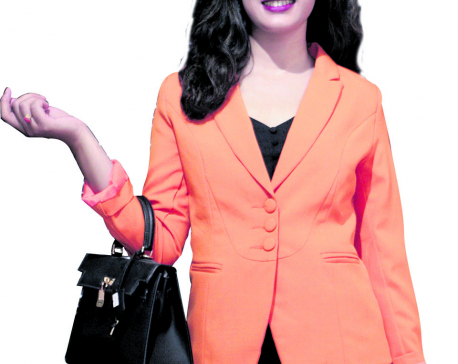
Dressed to conquer
Formal occasions call for dressing up but in Nepal formal wears are limited to elaborate saris and lehengas. Dressing formally... Read More...
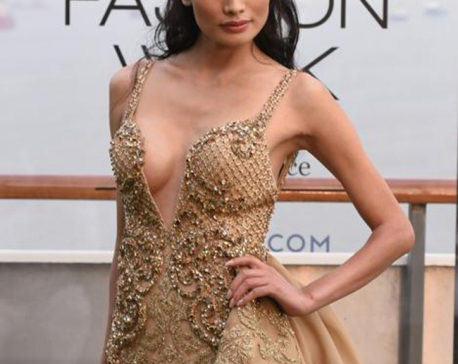
Anjali Lama, First Nepali transgender model to walk at Lakme Fashion Week
A Nepali who will become the first transgender model to walk the runway at an Indian fashion show hopes to... Read More...


Just In
- Rautahat traders call for extended night market hours amid summer heat
- Resignation of JSP minister rejected in Lumbini province
- Russia warns NATO nuclear facilities in Poland could become military target
- 16th Five Year Plan: Govt unveils 40 goals for prosperity (with full list)
- SC hearing on fake Bhutanese refugees case involving ex-deputy PM Rayamajhi today
- Clash erupts between police and agitating locals in Dhanusha, nine tear gas shells fired
- Abducted Mishra rescued after eight hours, six arrested
- Forest fire destroys 13 houses in Khotang












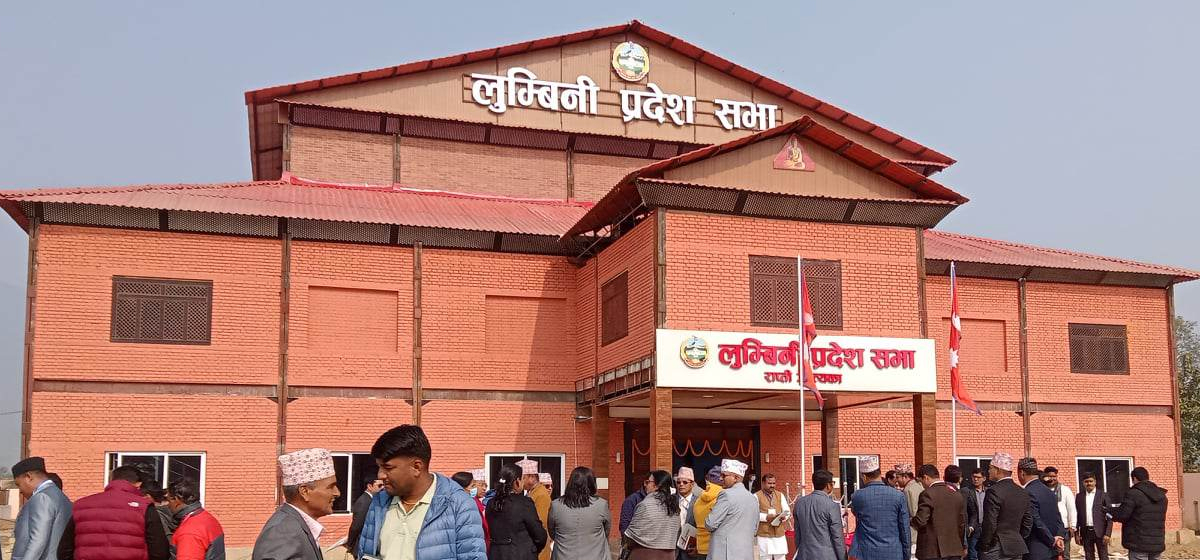



Leave A Comment